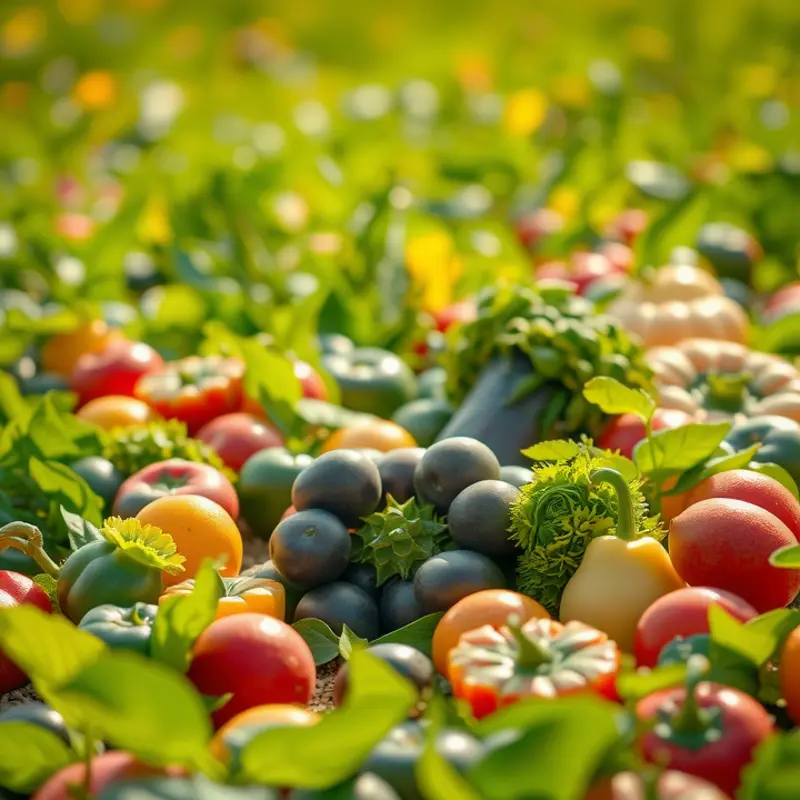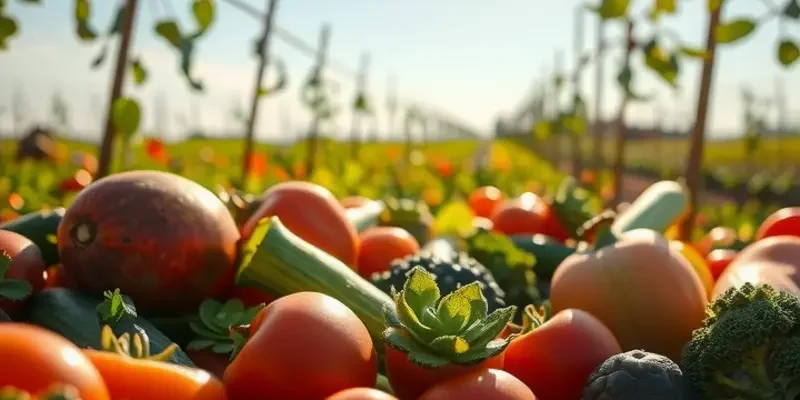Pakistan’s culinary landscape is a vibrant tapestry woven with centuries of diverse influences, rich spices, and unique flavors. With roots in ancient civilizations and connections to various cultures, the country’s culinary customs reflect its history, geography, and the warmth of its people. Let’s embark on a gastronomic journey through the traditional meals, festive customs, and everyday practices that define Pakistan’s distinctive culinary identity.
A Feast of Flavors: Traditional Dishes and Their Significance

Pakistan’s cuisine is a vibrant tapestry woven from centuries of cultural exchanges and regional diversities. At the heart of this culinary landscape are iconic dishes that embody the spirit of the land and its people. These dishes, rich in flavor and tradition, are much more than just meals—they are a celebration of heritage.
One such staple is biryani, an aromatic rice dish that has become synonymous with festive occasions. Originating from Persian settlers, biryani’s evolution in the Indian subcontinent gave it local nuances. Traditional preparation involves marinating meat or vegetables in spices like cumin, coriander, and mace. Layered with semi-cooked basmati rice, it’s then slow-cooked to perfection. This cooking method, known as dum, allows the flavors to meld, creating a symphony of taste. During weddings or Eid celebrations, biryani is more than a dish—it’s a symbol of joy and prosperity shared among family and friends.
The kebab holds a special place in Pakistani cuisine, with its countless variations making it a versatile favorite. Each region boasts its unique twist: the spicy, juicy seekh kebab from Punjab, often grilled over charcoal, and the more delicate Chapli kebab from Khyber Pakhtunkhwa, known for its coarse texture and spice-laden taste. Kebabs are not confined to special occasions; they are a beloved part of daily meals, served with naan or fresh herb chutneys to complement their robust flavors.
No discussion of Pakistani cuisine is complete without mentioning karahi, a dish cooked in a deep, round pan of the same name. Deftly balancing heat and simplicity, it uses just a few ingredients. Chicken or mutton is quickly cooked with tomatoes, green chilies, ginger, and a whisper of garlic, reflecting the emphasis on taste and freshness. Its swift preparation makes it a favorite during unexpected gatherings.
A sweet end to the meal is often a must, and in Pakistan, nothing beats the creamy satisfaction of kheer. This rice pudding, infused with cardamom and garnished with nuts, is a dessert rooted in familial affection. Prepared generously during celebrations and religious observances, kheer embodies the warmth of hospitality.
While many dishes transcend regional boundaries, each province adds its flair. For example, Sindh’s rich fish curries are a nod to its coastal proximity, while Balochistan’s sajji, made from marinated whole chicken roasted over an open fire, reflects its rugged terrain and nomadic lifestyle.
The uniqueness of Pakistani food lies in its diversity and adaptability. Its traditional recipes, steeped in history, also showcase an innate ability to evolve, integrating modern ingredients and techniques without losing their essence.
For those looking to venture further into the culinary tapestry of global cuisines, exploring regional customs and how they shape eating habits can be fascinating. A deeper look into global culinary heritage reveals the interconnectedness of world flavors.
Pakistani food, with its depth and variety, stands as a testament to the region’s history and culture—a dialogue of flavor that continues to enchant and invite both locals and those from afar.
Festivals and Food: Celebrations through Cuisine

Pakistani festivals and celebrations are vibrant tapestries where food plays a central role, weaving people together in shared joy and gratitude. Each occasion brings with it a rich history and an array of dishes that are as meaningful as they are delicious.
Eid al-Fitr, or the “Festival of Breaking the Fast,” marks the end of Ramadan. After a month of fasting, the first meal of Eid is a sumptuous breakfast that often features sheer khurma, a sweet vermicelli pudding laden with dried fruits and nuts. Families gather, dressed in their finest, to break their fast with this traditional dish that embodies the essence of Eid—celebration and thankfulness.
Eid al-Adha, the “Festival of Sacrifice,” focuses on the sacrifice of a goat or cow as an act of devotion. The meat is shared among family, friends, and those in need, signifying charity and community spirit. Dishes like nihari, a slow-cooked spicy stew, or karahi, a meat curry, are staples at tables across the country, embodying warmth and togetherness.
Weddings in Pakistan are another culinary extravaganza. These joyful affairs, spread across several days, each have their own special dishes. At the mehndi ceremony, guests often enjoy chicken tikka and golgappay—crispy shells filled with spiced water and chickpeas. The baraat and reception dinners are incomplete without biryani, a fragrant rice dish cooked with layers of spiced meat, and korma, a rich, creamy curry.
Communal dining is a cornerstone of Pakistani culture, both during festivals and everyday life. Whether breaking bread with family or sharing a meal with a guest, the act of sharing food is a profound expression of hospitality and friendship. This is perhaps most visible in dawat, a gathering often held in honor of guests or special occasions, where elaborately prepared dishes are served buffet-style, encouraging interaction and camaraderie.
Food also plays a symbolic role in many ceremonies, such as the birth of a child or a child’s first day at school. Sohan halwa, a rich and densely sweet confection, is traditionally prepared and distributed to mark such joyous milestones. Similarly, during holidays such as Basant, celebrated in Punjab, daal dishes and fritters made from besan (gram flour) are prepared as friends and families come together to fly kites and herald the arrival of spring.
Sharing a meal in Pakistan extends beyond mere sustenance—it is a means of storytelling, preserving tradition, and forging stronger community ties. Meals often include a variety of pickles and breads like naan or roti, highlighting the importance of variety and abundance. The ritual of sharing these foods further reinforces societal bonds and a collective sense of identity.
In every festival and celebration, food acts as a conduit for cultural continuity and collective memory. This reinforces the values of generosity, unity, and hospitality. While festivals may come and go, the culinary traditions they inspire perpetuate a cultural richness that enhances the human experience. Explore the global culinary heritage with this insightful article on global cuisine and food culture.
Final words
Pakistan’s culinary customs reflect a rich diversity, rich in flavors and steeped in tradition. From the distinct spices used in everyday cooking to the elaborate meals prepared for celebrations, every dish tells a story of the land, its history, and its people. This gastronomic journey not only highlights the significance of food in cultural expression but also accentuates the warmth of communal sharing, which is a hallmark of Pakistani hospitality. By exploring these culinary traditions, we truly understand the heart of Pakistan.








